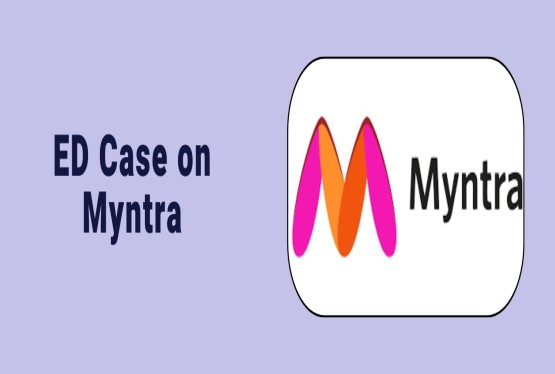Environmental Impact Assessment (EIA) is an essential process undertaken before the commencement of any major developmental project. Whether you are associated with mining, industrial projects, thermal or nuclear power plants, or infrastructure development, conducting an Environmental Impact Assessment (EIA) is not just recommended but often legally required in India. EIA evaluates the probable effects a proposed project may have on the environment and helps identify mitigation measures to reduce the negative impacts.
What is Environmental Impact Assessment (EIA)?
Environmental Impact Assessment (EIA) is a scientific and administrative process that assesses the possible environmental effects of a proposed industrial, infrastructural, or developmental activity. It looks at both beneficial and adverse impacts before any work begins. The main aim is to inform decision-makers and stakeholders about the environmental implications of the project, so that the environment is not harmed beyond repair.
According to the UNEP, EIA is used to predict environmental, social, and economic impacts before the project is approved. This helps in designing the project in harmony with the local environment and ensuring long-term sustainability. It is a mandatory requirement in India under the Environment (Protection) Act, 1986.
Regulatory Framework for EIA in India
In India, EIA is legally backed by the Environment Protection Act, 1986. However, the roots of environmental assessment can be traced back to 1976-77 when the Planning Commission directed the Department of Science and Technology to assess river valley projects environmentally. Until 1994, environmental clearances were merely administrative in nature.
On January 27, 1994, the Union Ministry of Environment and Forests issued a notification under the Environment Protection Act making EIA mandatory for several development activities. This was later replaced by a more refined and structured notification on September 14, 2006. This 2006 notification brought about a significant reform, including the categorization of projects into Category A and B, depending on their size and potential environmental impact.
Objectives of Environmental Impact Assessment (EIA) in India
The objectives of conducting an Environmental Impact Assessment are:
-
To identify, predict, and evaluate the environmental and social impacts of development projects.
-
To incorporate environmental concerns into the project decision-making process.
-
To promote sustainable development by identifying suitable mitigation strategies.
-
To offer alternatives and methods to reduce or avoid harmful impacts.
Benefits of Conducting Environmental Impact Assessment (EIA)
Environmental Impact Assessment (EIA) brings a multitude of benefits to both project proponents and the surrounding environment:
Helps in ensuring compliance with environmental laws and regulations
Environmental Impact Assessment (EIA) ensures that projects follow all applicable environmental regulations. By identifying legal obligations in advance, it minimizes the chances of legal disputes, penalties, or project delays due to non-compliance.
Uncovers potential environmental risks
EIA identifies possible environmental threats such as pollution, deforestation, or water contamination before a project begins. This allows developers to implement preventive or corrective measures to mitigate such risks early on.
Increases transparency and fosters public trust
EIA involves disclosing project details and potential impacts to the public and authorities. This openness builds trust among local communities, regulatory bodies, and other stakeholders by showing that environmental concerns are being considered seriously.
Incorporates environmental concerns into early project design
By integrating environmental assessments in the planning stage, project developers can redesign or modify projects to avoid harmful effects. This helps reduce future costs of environmental damage and redesign.
Aids in conserving natural resources and preserving biodiversity
EIA encourages the sustainable use of resources like water, forests, and land by assessing their availability and ecological importance. It helps prevent destruction of habitats and supports biodiversity protection.
Contributes to responsible and sustainable development
EIA promotes development that balances economic growth with environmental protection. It guides projects to grow in a way that meets present needs without compromising the environment for future generations.
Public participation improves decision-making
Public involvement in EIA allows inclusion of local knowledge, concerns, and suggestions. This enhances the quality and fairness of decisions, leading to more socially acceptable and environmentally sound outcomes.
History of Environmental Impact Assessment in India
The Indian journey with EIA started in 1976–77 with the Department of Science and Technology reviewing river valley projects. However, formal legal enforcement came in 1994, followed by the 2006 amendment, which became the foundational guideline for current practices. The 2006 notification decentralized decision-making and introduced a two-tier system of clearance—central and state level, making the process more accessible and efficient.
Salient Features of EIA Notification 2006
The 2006 EIA Notification categorized projects as Category A and Category B. Category A projects are evaluated at the national level, while Category B projects are evaluated at the state level. Further, Category B projects are divided into B1 (requiring EIA) and B2 (not requiring EIA). The EIA process now includes stages such as screening, scoping, public hearing, and appraisal, which adds depth and thoroughness to the procedure.
Participants in the EIA Process
Several stakeholders play important roles in the Environmental Impact Assessment (EIA):
-
Project Proponent: Either a government body or private agency proposing the project.
-
Decision Makers: Individuals or institutions responsible for granting approval based on the EIA report.
-
Assessor Agencies: These are tasked with preparing the Environmental Impact Statement (EIS).
-
Reviewers: Agencies or boards reviewing the EIS, providing technical evaluation.
-
Expert Consultants: Specialists who assist in preparing mitigation measures, EMPs, and the non-technical summaries.
Environment Appraisal Committees in India
To assess EIA reports and make informed decisions, expert committees have been formed for specific sectors:
-
Mining Projects
-
Industrial Projects
-
Thermal Power Projects
-
River Valley Projects
-
Infrastructure and Miscellaneous Projects
-
Nuclear Power Projects
These committees assess the environmental impact, adequacy of mitigation measures, and make recommendations accordingly.
EIA Process
The Environmental Impact Assessment (EIA) process is systematic and includes the following steps:
-
Screening: In this stage, it is determined whether a full EIA is required based on the size and nature of the project. Category A projects do not go through screening as EIA is mandatory, whereas Category B projects are screened to assess their need for EIA.
-
Scoping: Scoping identifies key issues and impacts that need to be assessed. It sets the Terms of Reference (ToR) for conducting the EIA. Legal provisions, expert views, and public concerns are taken into account.
-
Collection of Baseline Data: This involves collecting environmental information on the existing conditions of the proposed project site. It includes data on air, water, soil, flora, fauna, and socio-economic parameters.
-
Impact Prediction and Evaluation: The project’s likely impacts—positive or negative, temporary or permanent—are predicted and evaluated. This step forms the core of the EIA and requires expert analysis.
-
Mitigation Measures and EIA Report Preparation: After impact prediction, measures are proposed to mitigate or reduce negative environmental impacts. These are compiled in the EIA report, along with an Environmental Management Plan (EMP).
-
Public Hearing: A public consultation is conducted involving affected people and environmental NGOs. Their opinions and concerns are taken into account while finalizing the EIA report.
-
Appraisal and Decision Making: The appraisal committee reviews the EIA report, EMP, and public comments. Based on this, a decision is made whether to grant environmental clearance or not.
-
Monitoring and Compliance: Once the project is approved, compliance with mitigation measures is monitored. Any deviation can result in withdrawal of clearance or penalties.
Documents Required for Environmental Impact Assessment (EIA)
Proper documentation is essential for conducting a valid and effective EIA. The key documents include:
-
General project details: Name, location, type.
-
Activity specifics: Land use, water and energy needs, waste generation.
-
Natural resources usage: Details of extraction and consumption.
-
Hazardous substances: Inventory and management strategies.
-
Pollution control: Type and volume of emissions.
-
Noise, vibration, and heat emissions.
-
Risk management: Plans for handling accidents.
-
Nearby eco-sensitive zones.
-
Site plans, proof of machinery installation, land ownership, ID proof of signatory.
-
Utility connections and previous quality test reports.
Is EIA Mandatory in India?
Yes, under the Environment Protection Act, 1986, Environmental Impact Assessment (EIA) is mandatory for 29 categories of projects with an investment of more than Rs.50 crores. These include mining, power plants, highways, ports, and various industrial projects. Failure to comply can result in denial of project clearance or legal action.
Shortcomings in the EIA Process
Despite its strengths, the EIA system in India has some drawbacks:
-
Limited Applicability: Certain impactful projects are excluded from the process.
-
Expert Committee Composition: Many committees lack domain-specific experts like ecologists, anthropologists.
-
Public Hearing Flaws: Often held late in the process; genuine concerns of local people are ignored.
-
Poor Quality of EIA Reports: There are instances of outdated or copied data.
-
Lack of Transparency: Key documents are often not accessible to the public.
-
Weak Monitoring: Post-approval monitoring is weak and often ineffective.
Way Forward for Strengthening the EIA Process
To improve the effectiveness of the Environmental Impact Assessment (EIA), several reforms are necessary:
-
Establish an Independent EIA Authority.
-
Conduct sector-wide EIAs for better long-term understanding.
-
Maintain a centralized and accessible database of baseline environmental data.
-
Make all project-related information publicly available.
-
Mandatory EIA for all projects that may affect the ecosystem.
-
Ban development in ecologically sensitive zones.
-
Mandatory and meaningful public hearings for all projects.
-
Make EIA preparation independent of project proponents.
-
Strengthen the review and compliance mechanism with stricter penalties for violations.
-
Expand the jurisdiction and representation in the National Green Tribunal (NGT).
-
Empower citizens to file complaints and seek redress.
-
Build capacity in NGOs and civil society groups to monitor projects.
Conclusion
Environmental Impact Assessment (EIA) plays an important role in achieving environmentally sustainable development. It ensures that development activities are in balance with ecological preservation. However, to truly serve its purpose, reforms must be implemented to make the process more transparent, participatory, and accountable. With proper implementation, EIA can significantly minimize environmental degradation and promote long-term sustainability in India's development journey.
For expert support in conducting your Environmental Impact Assessment (EIA), consulting professionals like those at Compliance Calendar LLP can offer reliable, end-to-end assistance.
Emai: info@ccoffice.in
Call/Whatsapp: +91 9988424211.
FAQs
Q1. What is the purpose of conducting an Environmental Impact Assessment (EIA)?
Ans. The purpose of an EIA is to assess the potential environmental effects of a proposed project before it begins. This helps identify risks, suggest mitigation measures, and ensures that development is sustainable and complies with environmental laws.
Q2. Is EIA mandatory for all projects in India?
Ans. No, EIA is not mandatory for all projects. It is compulsory for 29 types of activities mentioned under the EIA Notification 2006, particularly those involving investments of Rs.50 crores or more. Projects are categorized under Category A and B, based on their environmental impact and size.
Q3. What are the main steps involved in the EIA process?
Ans. The EIA process includes several steps: Screening, Scoping, Baseline Data Collection, Impact Prediction, Preparation of EIA and EMP reports, Public Hearing, Appraisal, Decision Making, and Monitoring & Compliance.
Q4. Who prepares the EIA report for a project?
Ans. EIA reports are typically prepared by accredited environmental consultants who are approved by the National Accreditation Board for Education and Training (NABET). They assess the project and suggest mitigation measures in consultation with the project proponent.
Q5. What is the role of public hearing in EIA?
Ans. A public hearing allows local residents, NGOs, and other stakeholders to express their views on the proposed project. It is a vital component of the EIA process to ensure transparency and community involvement in decision-making.
Q6. What documents are required to submit an EIA report?
Ans. Key documents include project details, land use data, water and waste management plans, pollution control measures, natural resource usage, risk analysis, site layout plans, proof of ownership, and environmental test reports.
Q7. Can a project start without obtaining Environmental Clearance (EC)?
Ans. No, starting a project without obtaining Environmental Clearance when it is required under law is a violation of the Environment (Protection) Act, 1986. Such violations can attract penalties, including stop-work notices, fines, and legal action.












































































_crop10_thumb.jpg)







_Rules,_2025_learn_crop10_thumb.jpg)






































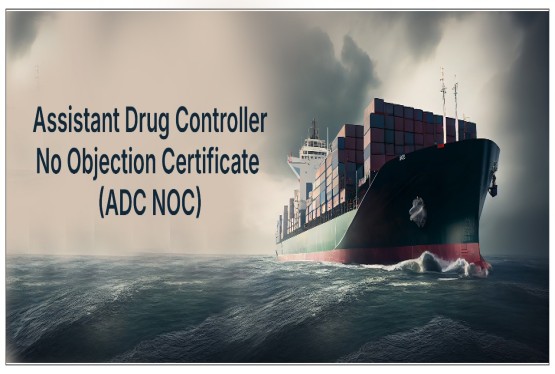

















































_crop10_thumb.jpg)








 in BIS FMCS_learn_crop10_thumb.jpg)










_crop10_thumb.jpg)














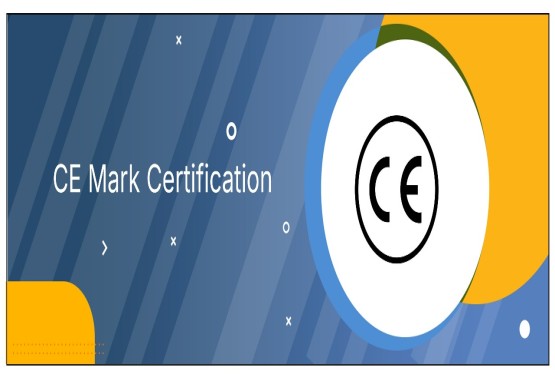
_crop10_thumb.jpg)





_Code C-888_learn_crop10_thumb.jpeg)
_learn_crop10_thumb.jpg)
































































_Certificate_learn_crop10_thumb.jpg)

_Certificate_(1)_crop10_thumb.jpg)

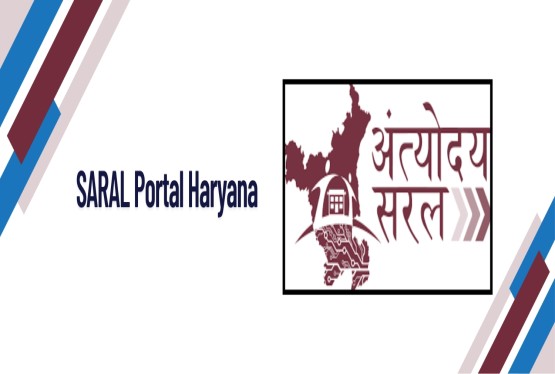




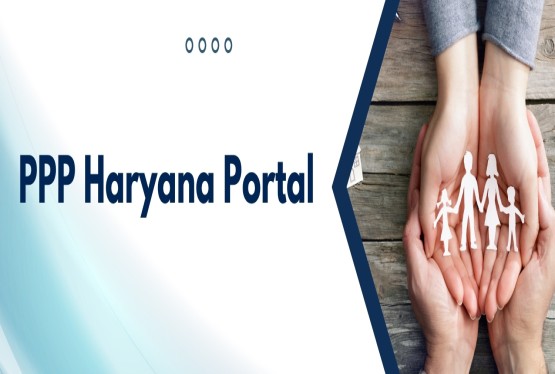








_learn_crop10_thumb.jpg)

_crop10_thumb.jpg)


















_Scheme_learn_crop10_thumb.jpg)


_learn_crop10_thumb.jpg)

